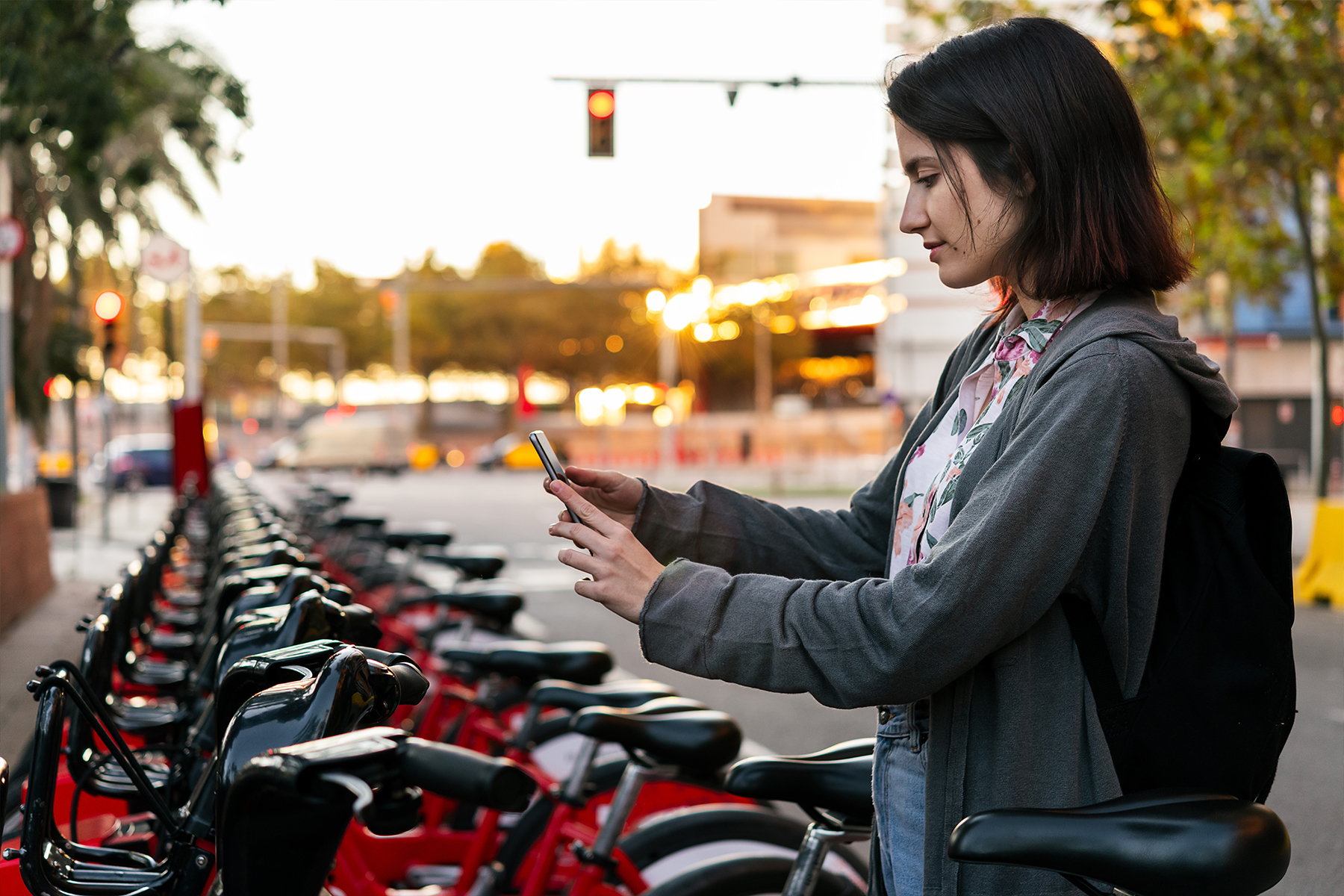(Estimated reading time: 4 minutes) – Audio version of article available.
Climate-change mitigation and resilience measures are especially important in cities. Firstly, because urban hubs generate 70% of carbon emissions caused by humans and consume 65% of global energy use. Secondly, because it is predicted that city-dwelling populations will grow 13% worldwide by 2050, and currently, over half of the world’s inhabitants live in cities (UN, 2018).
Tackling this situation in advance, such that it does not hinder compliance with the 17 Sustainable Development Goals approved by the United Nations as part of the Urban Agenda 2030 (UN, September 2015), which stresses SDG 11 on cities, is a point of discussion amongst all governments and at all levels: internationally, nationally, and locally. Also included in the discussion is the fact that it must not impede climate change mitigation and adaptation.
This foreseeable urban development must occur in sustainable fashion, in all economic, social, and environmental terms. As stated by the UN, this is a challenge that must address housing, transport, and energy, education and healthcare services, and employment, as well as a safe environment.
In addition to the United Nations and the European Union (European Commission), domestically, a Spanish Urban Agenda has also been designed. In line with UN and EU strategies, this is a strategic, non-regulatory document that above all aims to provide a work method for all public and private players who are involved in developing cities (Spanish Urban Agenda). It sets forth 10 strategic goals and includes development of 30 more specific goals, complete with a list of possible actions to reach them.
This decalogue provides the following goals: regional planning and rational land use and conservation and protection, preventing urban sprawl and revitalising existing cities, preventing and reducing the impact of climate change and improving resilience, sustainably managing resources and boosting a circular economy, encouraging proximity and sustainable mobility, fomenting social cohesion and seeking fairness, boosting and encouraging an urban economy, guaranteeing access to housing, leading and fomenting digital innovation, and improving instruments for intervention and governance.
The concept of a green and smart city encapsulates the achievement of many of these goals, as acknowledged at the UN Conference on Housing and Sustainable Urban Development, known as Habitat III (UN, 2016). This refers to the application of Information and Communication Technologies to better manage a city, in order to optimise its citizens’ quality of life. This is called a “Smart City” or connected city. Using technologies like Artificial Intelligence leads to greater efficiency in both resources and energy expenditure when implementing services like waste management, water use, healthcare, and even traffic and air quality.
All this is in conjunction with urban development that integrates nature into the city; this is at the heart of all policies being implemented for our cities of the future. The goal is to attain a healthier environment that leads to a feeling of greater well-being, improves air quality, and increases biodiversity. It also seeks to foment greater leisure spaces for people, all while helping to reduce the temperature increase caused by climate change and transport density in urban hubs.
Cities with greener spaces, sustainable mobility, and renewable energies (IRENA, May 2021), and that are smart and connected, will save resources and create jobs and health, with greater resilience to healthcare, economic, social, and environmental consequences that may arise from climate change and pollution.




